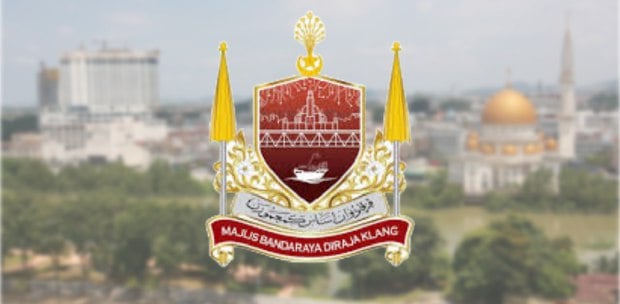A participant attending an online course on land law last week asked if I could clear the air over a recent High Court decision involving a Malay Reserve Land (MRL) in Perak.
In that case, a MRL in Manjong, Perak, had been charged to a bank to secure a loan. When the chargor (borrower) defaulted in repayment, the chargee (bank) applied for an order for sale.
A woman named Bebe Sakimah bid successfully for the property at the auction price of RM98,000 in September 2015.
In November 2015, her solicitors presented the certificate of sale at the Land Office for her to be registered as the new proprietor.
The presentation was rejected because the timeline for her to prove her Malay ethnicity had expired.
Her birth certificate showed that her parents were not Malays.
Three years passed by and nothing was done.
Then, in March 2018, she finally lodged an appeal against the rejection.
There were two grounds of appeal.
FIRST, the certificate of sale was issued by the High Court and failure to comply with it was in contempt of the court's decision.
SECOND, the reason for the rejection (that the property is MRL) was not a strong ground because the court (holding the auction) was aware of the property not being a "Malay holding".
The participant at the seminar wanted to know if there was any fundamental difference between a MRL and a Malay holding?
I told him to give me a few days to study the case, which was Bebe Sakimah bt Mohd Asrof v Pendaftar Hakmilik Negeri Perak [2020] MLJU 1747. The Ipoh High Court delivered a decision on this case on Oct 21 last year.
The law applicable to MRL in Perak is the Malay Reserve Enactment (Cap. 142).
Under Section 2, the term "Malay" is defined to mean a person "belonging to any Malayan race who habitually speaks the Malay language or any Malayan language and professes the Muslim religion".
On the question of whether the plaintiff (Bebe Sakimah) is Malay or not, the court said that the onus was on the defendant to prove that she is not a Malay, citing established case law.
Although the plaintiff in this case admitted she is not a Malay, the court said that it "does not put an end to the action".
A more important question is whether the property in this case was a "Malay holding".
The plaintiff said although the property she bought at the auction contained the endorsement Pengisytiharan Rezab Melayu, there were no other details on its status.
She submitted that the law required the entry of a memorial with a note or endorsement setting out the area and gazette notification number on the issued document of title.
She further argued that as a result of the defendant's failure to make that memorial, a mere endorsement of Pengisytiharan Rezab Melayu was insufficient for the property to be considered a Malay holding.
The defendant submitted that there was no requirement under the law that the document of title must be endorsed with the words Pegangan Melayu ("Malay holding").
Unfortunately for the defendant, the High Court held that the property was a non-Malay holding and therefore the plaintiff had the right to be registered as the proprietor.
Prior to this case, the general belief was that as long as a piece of land has been declared as part of a Malay reservation area, it is a MRL, and consequently, a Malay holding.
Unlike the National Land Code 1965, which is a uniform law that applies to all the 11 states in Peninsular Malaysia, there are six separate Malay reservation laws in the country — one uniform law for Perak, Selangor, Pahang and Negri Sembilan (former Federated Malay States or FMS), and five separate enactments for Johor, Kelantan, Terengganu, Perlis and Kedah (former non-FMS).
Sadly, apart from their lack of uniformity, judicial decisions over the past five decades have led to more confusion and uncertainty in the law.
The writer was a federal counsel at the Attorney-General's Chambers and visiting professor at Universiti Teknologi Malaysia. He is now a full-time consultant, trainer and author
The views expressed in this article are the author's own and do not necessarily reflect those of the New Straits Times






